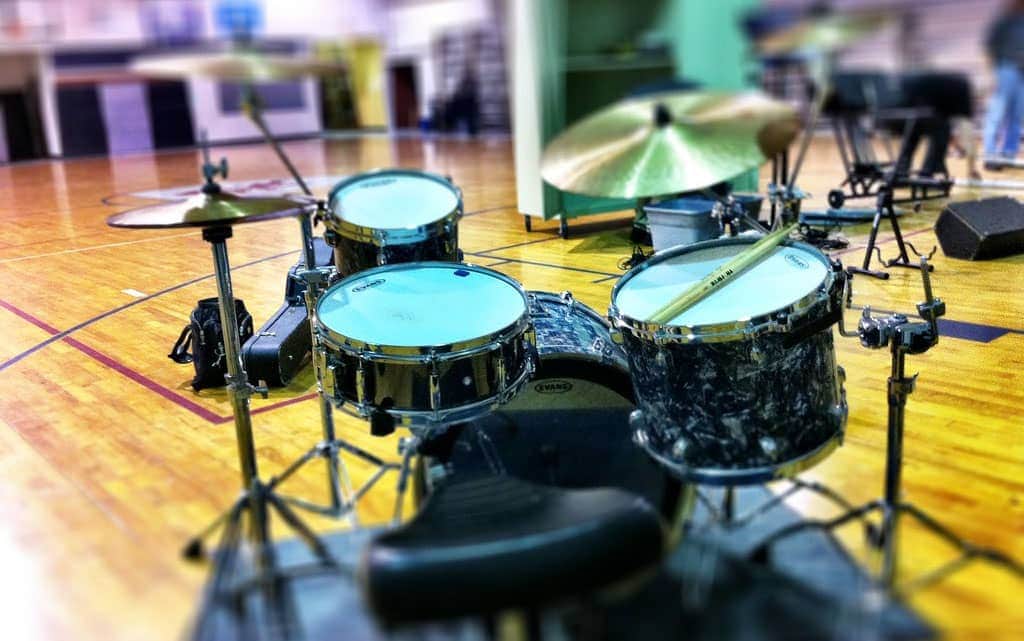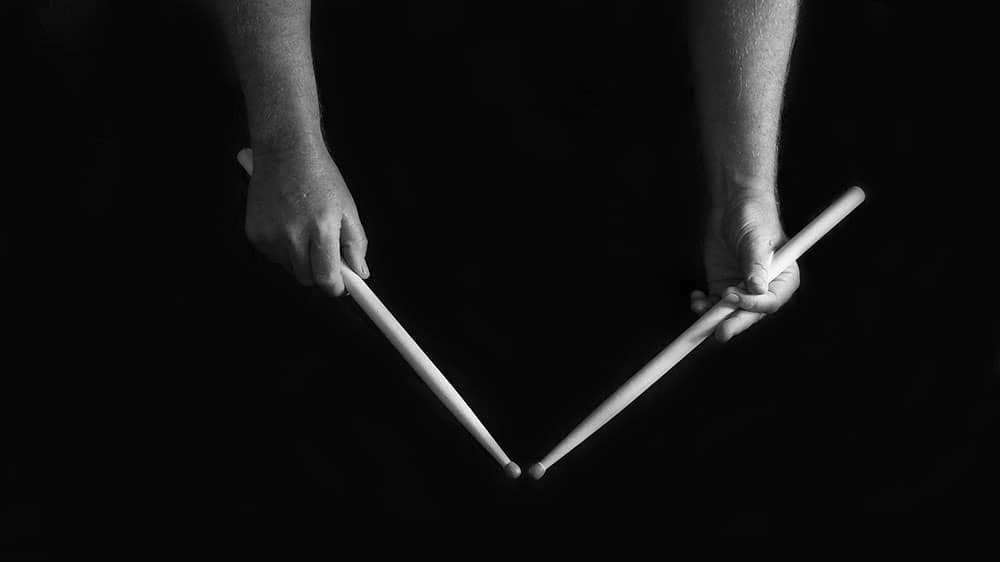Tuning a drum isn’t just a task; it’s an art. It plays a fundamental role in determining the tonality, resonance, and overall character of your drum sound. For many beginners, tuning might seem intimidating, but with understanding and practice, it can become second nature. Here’s how tuning impacts the sound and why it’s pivotal for every drummer.
Fundamental Pitch
When we talk about tuning, we’re essentially referring to adjusting the drum’s fundamental pitch. This pitch is primarily determined by the tension of the drumhead.
Tightening the tension rods increases the drumhead’s tension, resulting in a higher pitch. Conversely, loosening them leads to a lower pitch. Finding the right pitch is crucial, as it ensures your drum sounds harmonious within a drum set or in a musical context.
Resonance and Sustain
Tuning also affects the drum’s resonance and sustain. A drum that’s too tight may have a sharp attack but lack in sustain.
On the other hand, a loosely tuned drum might have a boomy or muffled tone with extended sustain. Striking a balance between the two is where the art of tuning truly lies.
Overtones and Drum Harmonics
Every drum naturally produces overtones. However, the prominence and character of these overtones are influenced by tuning. At times, you might hear unwanted or discordant overtones.
By carefully tuning both the batter (top) and resonant (bottom) heads, you can minimize or emphasize specific overtones, allowing for a cleaner and more desired drum sound.
Uniformity and Consistency
For a drum set, uniformity in sound is essential. This means each drum, while having its unique pitch, should sound cohesive when played together.
Proper tuning ensures this consistency across all drums. It’s not uncommon for drummers to spend hours perfecting the tuning of each drum to achieve a harmonious sound across the entire kit.
Adaptability to Musical Context
Lastly, the tuning of a drum should often align with the musical context. For example, a jazz drummer might prefer a higher, more resonant tuning to complement intricate rhythms, while a rock drummer may opt for a punchier, deeper sound.
By mastering tuning, drummers can adapt their sound to fit different musical genres and settings.



